Reference Cell Testing: Know Thy Corrosion Protection Level
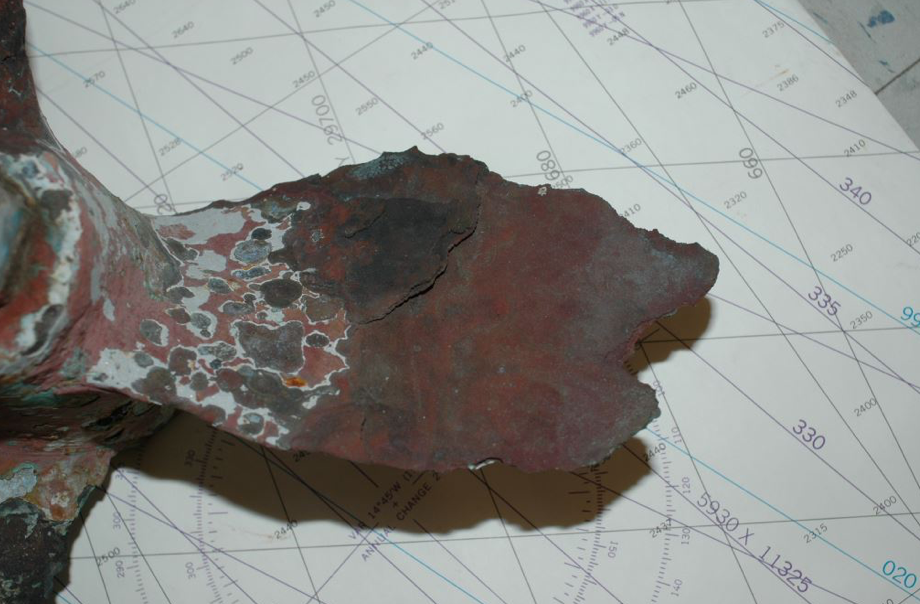
I recently read a post by a boat owner on a sailing forum, in which he was puzzled about why his zincs “…only lasted 6 months.” He was soliciting opinions and my advice for him was straightforward enough. “While this time frame doesn’t seem unusual, instead of guessing or listening to internet sages about how long zincs should last, carry out a reference electrode test, it’s easy and definitive.’
Anodes
Zincs, I’ll refer to them as anodes from now on, since they can be made from one of three metals, zinc, magnesium or aluminum. Many call them sacrificial anodes because they are consumed based on the load placed on them. This is affected by many factors, including salinity, temperature, current, the amount and type, of metal they are protecting and the condition of the vessel’s bonding system and shore power isolation.
In a process known as ‘cathodic protection,’ sacrificial anodes are used to protect underwater metals. These anodes should be replaced when 50% depleted (using more anode mass will equate to longer intervals between replacement, but can also lead to over-protection, more on that below). As the anode is consumed, its protection level drops, so trying to squeeze more life out of it is not good corrosion-prevention etiquette.
Furthermore, if anodes last too long something is probably wrong; they may not be making good contact with the metal they are protecting, the bonding system may be in poor condition, they may be substandard (e.g., non milspec composition for instance) or they may be the wrong metal for the application. Zinc, for instance, does not work well in fresh or brackish water.

Not long ago, on another forum, a vessel owner complained that his stern thruster anode was being consumed far more quickly than the one used on his bow thruster. He included photos and they told an interesting story. The bow thruster anode was almost pristine, while the stern thruster anode was mostly consumed.
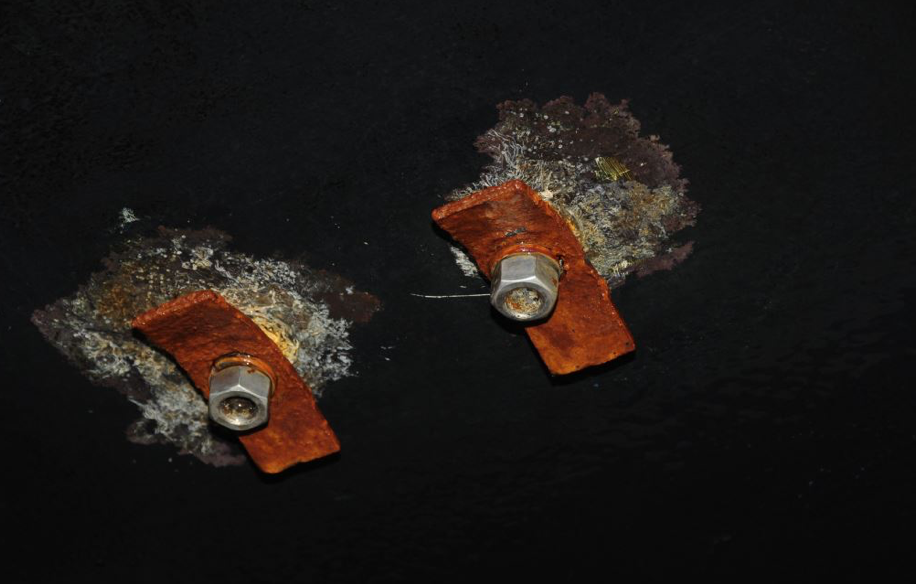
My assessment; the stern thruster anode was doing its job (and probably not being replaced often enough), while the bow thruster anode likely wasn’t making good contact with the metal it was supposed to be protecting.
How Does Cathodic Protection Work?
The goal of sacrificial anodes is to protect submerged metals, shafts, props, logs, struts, through-hulls, etc. This is achieved by driving the metals that are to be protected into a more negative voltage range, measured in one-thousandths of a volt increment known as milli-volts (mV).
Each metal has its own voltage range in which it is protected, typically a minimum of 200 mV beyond the metal’s resting voltage. For instance, when measured using a silver/silver chloride reference cell, the tool most commonly used for measuring protection levels, marine-grade aluminum alloys’ resting voltage in seawater is about 760 mV. Experts have varying opinions on protected voltage. For “protected”’ voltage, there is some debate among experts and you’ll often find small variations shown in different literature, the voltage it should be driven to when connected to an anode, should therefore be a minimum of -950 Mv. In my experience -900mV is more than adequate for commonly used marine aluminum alloys.
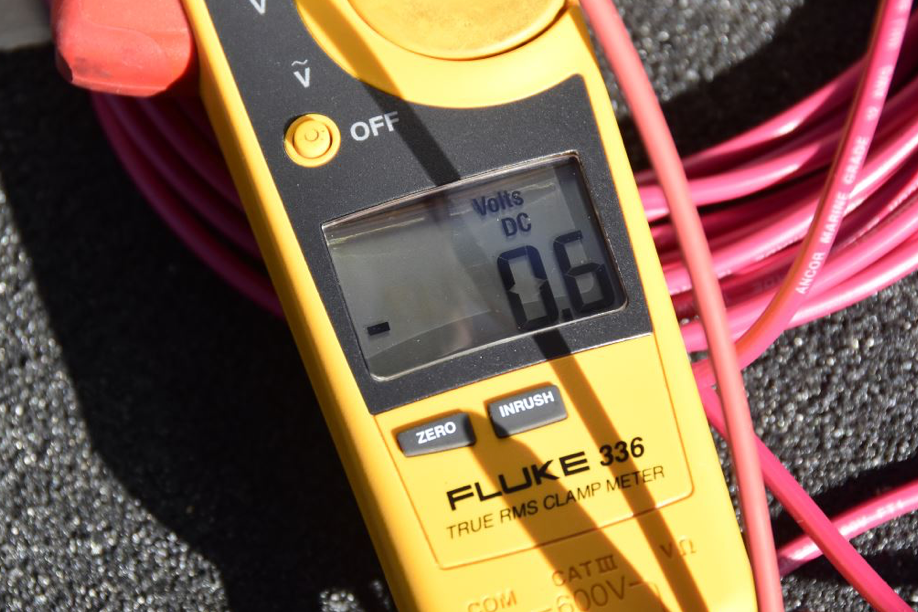
It’s worth noting that while most metals can’t be harmed by over-protection, aluminum is an exception as it’s amphoteric, which means it is affected by both acid and base solutions; over-protection creates an alkaline or base solution around protected metals. Therefore, aluminum protection should not exceed -1100mV. Over-protection can also be harmful to the hulls of timber vessels adjacent to bonded, protected underwater metals. In a process known as delignification, the alkaline solution attacks the soft material between the grain structure.

Finally, over-protection can also cause anti-fouling paint to blister or lift adjacent to protected underwater metals, which can lead to barnacles and other growth striking on these areas; this can be mitigated by epoxy encapsulating those underwater metals.
Testing
To carry out a reference-electrode test, begin by unplugging the vessel’s shorepower cord; it must be unplugged, simply turning the power off is not acceptable as the ground wire within the cord remains connected to the dock’s power supply. Then, using a digital multimeter that is set to read DC volts, connect the reference electrode, typically silver/silver chloride for sea and brackish water and zinc for freshwater, to the negative lead, and the metal that is to be measured, through-hull, strut, or entire bonding system, to the meter’s positive lead.
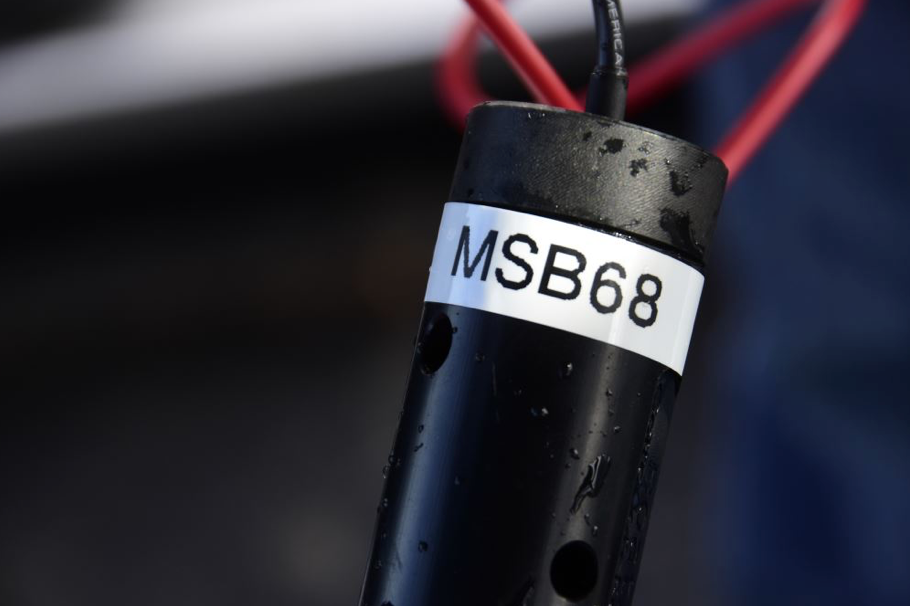
Then, in still water, hang the reference electrode over the side without having it touch the hull and take the reading. If the vessel has no bonding system, each underwater metal must be measured by making a connection from within the hull using extended test leads.
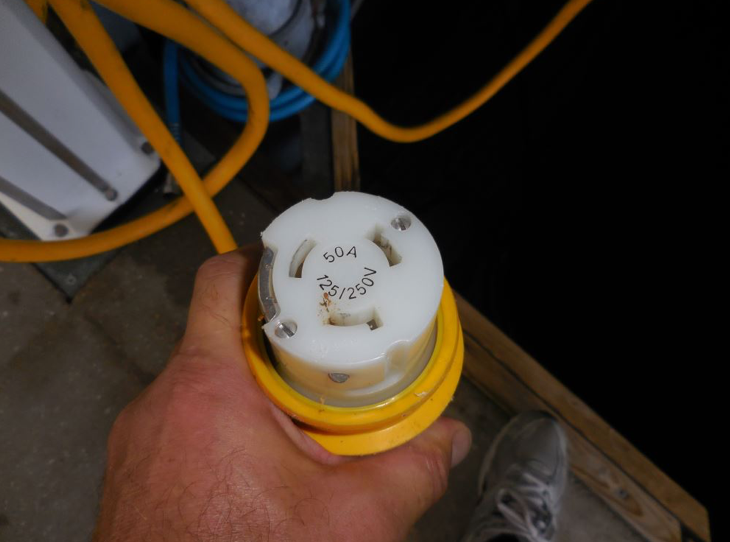
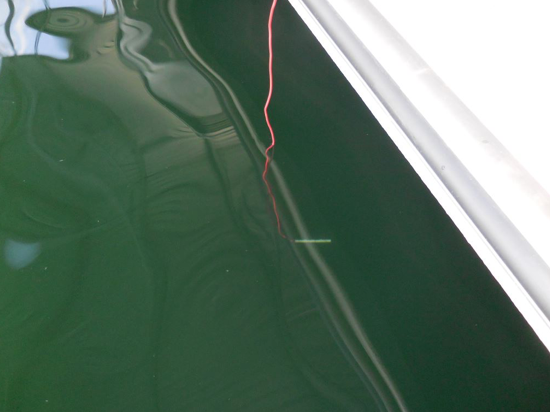

If the vessel is bonded, only one reading needs to be taken to measure all bonded metals, however, prudence dictates all metals should be individually tested to ensure the bonding system is operating properly. Note that the engine negative terminal, or its bus, is generally accepted as the reference point for the grounding system, and hence the bonding system.

In Part 2 of our look at corrosion resistance, we’ll look at sacrificial anodes for running gear and shorepower and which type of metal works best in given environments.
By Steve D’Antonio
Beginning his career in 1988, as a marine mechanic, electrician, manager and partner of a custom boat building shop and two boatyards and technical journalist, as well as through Steve D'Antonio Marine Consulting, Inc, Steve provides personalized and hands-on service to boat buyers, boat owners, boat builders and equipment manufacturers, as well as others in the marine industry around the world. Steve is an American Boat and Yacht Council Certified Diesel, Electrical, Corrosion and Systems Master Technician/Adviser. To learn more or to contact Steve, go to SteveDMarineConsulting.com.